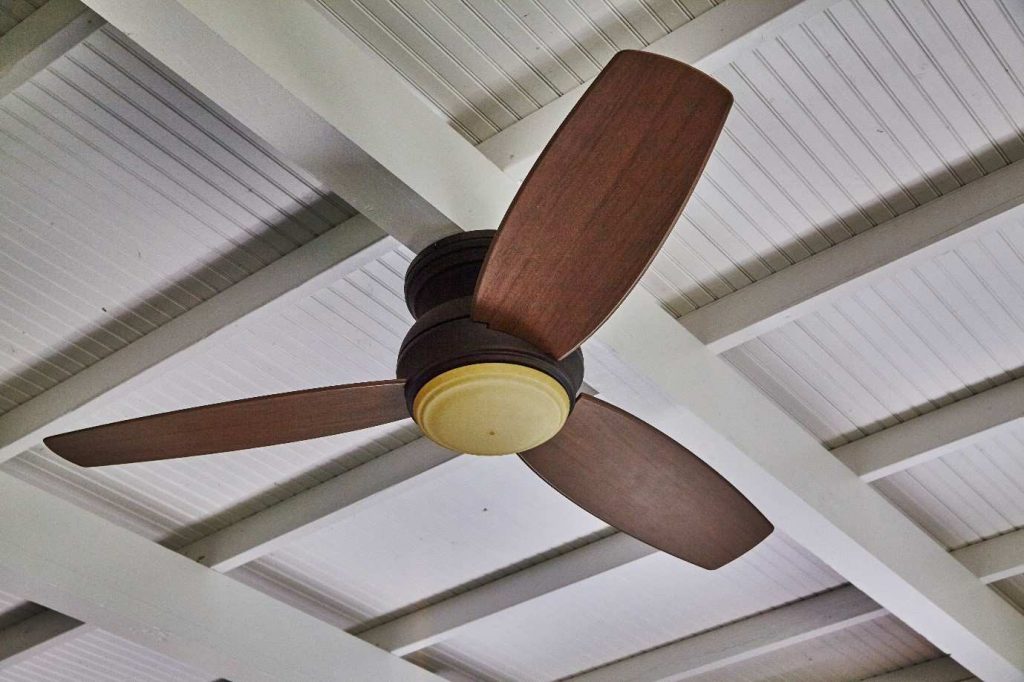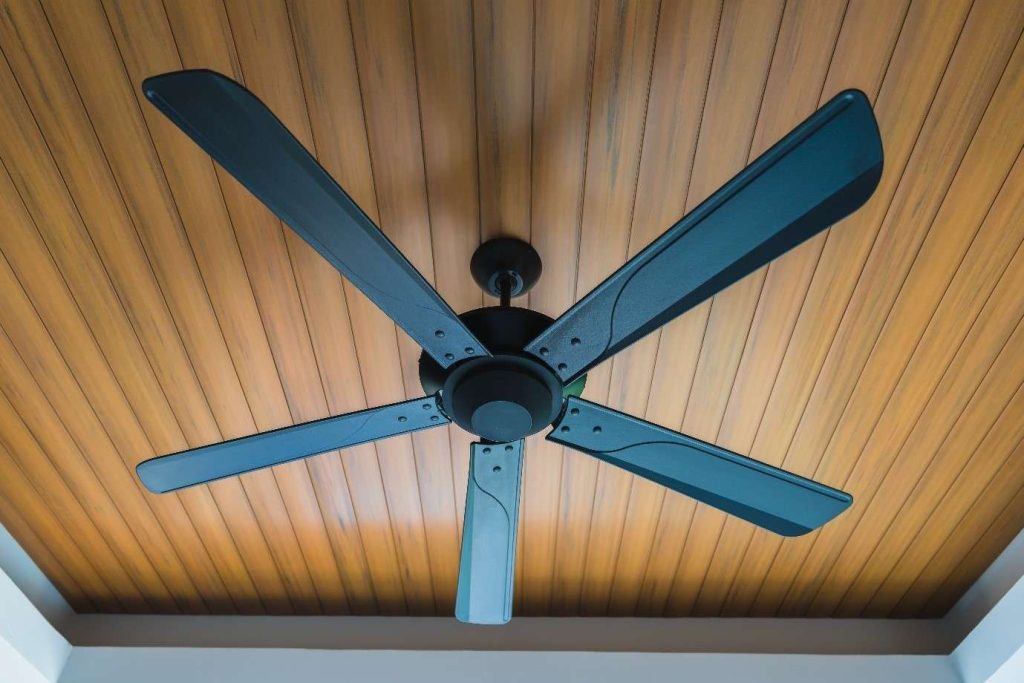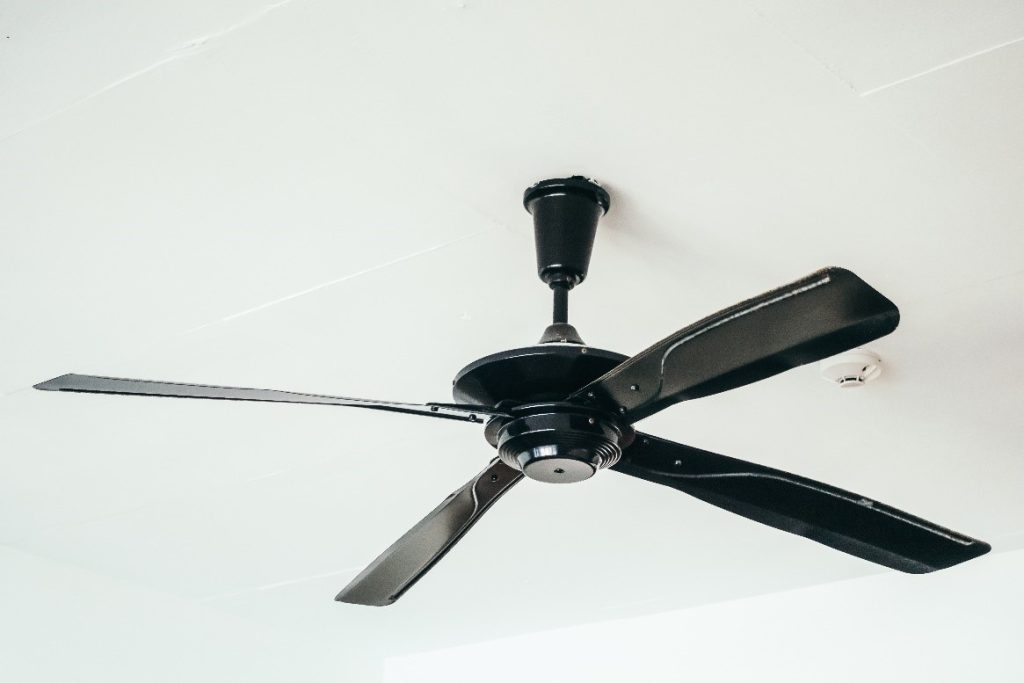Ceiling fans are always an ideal choice when the case at hand is productivity and resource conservation. Fans maintain parity with other alternatives, provided that it uses nearly half of an air conditioner or other power-consuming tools. However, factors to consider are the ideal location on the ceiling and the type of fan to choose; Others are the weight and design of the ceiling. While installation is straightforward, electrical assistance, in this case, is recommendable for safety reasons. However, the costs may vary depending on the situation; others include the type and design of the ceiling that matches the decor. The ceiling fans are a balance pertaining to efficiency and effectiveness when installed properly.

Optimal Locations for Ceiling Fan Installation
Uncertain about where precisely place your ceiling supporter? Choosing the fitting venue is crucial for maximizing its output and ensuring your habitat remains fresh during summer. Here are key things to keep in mind:
- Position the ceiling fan at least 2.5 meters above the floor.
- Ensure the rotating blades are 2.1 meters from the ground and 20-25 cm from the ceiling.
- Maintain a minimum clearance of 45 cm between the blades and adjacent walls, doors, or cabinets.
- Rather than centering the fan in the room, opt to install it where you gather most frequently (e.g., above sofas in living areas or dining tables in kitchens).
Installation Procedure and Necessary Materials
Ceiling fan installation approaches differ depending on whether it is a brand new or outdated fan and where it is intended to be mounted. No matter the ceiling fan type the old should be entirely removed before the new one is hanging. The list of necessary remaining instruments can be achieved thanks to an electrician’s toolbox that includes screwdrivers, pliers, an expanding bracket, wire cutters, a voltage testometer, and electric tape. In turn, the electric ceiling box in combination with a drill is required eventually to fix the new fan securely enough to keep it running smoothly and safely for several years.
Moreover, for safety precautions, it’s important for the electrician to wear protective eyewear. The installation process comprises ten essential steps:
- Power down the electricity.
- Remove any existing ceiling fan.
- If the current setup includes a plastic electrical ceiling box, replace it with a metal one suitable for ceiling fans.
- Mount the ceiling bracket securely.
- Assemble the fan components.
- Properly connect the electrical wiring.
- Affix the fan blades securely.
- If applicable, connect any accompanying light fixtures.
- Restore power to the system.
- Allow the fan to operate for a brief period to ensure smooth functionality.
An accredited electrician will ensure that your new ceiling fan is installed correctly. Some vital safety protocols encompass:
- Complete shutdown of the main electrical power before commencing installation.
- Adherence to standards for all wiring and electrical connections.
- Strict adherence to manufacturer instructions.

Professional Ceiling Fan Installation
Network One’s team of ceiling fan installers skillfully hang fans while strictly observing all necessary precautions. Opting for our services guarantees quality! In need of advice locating the perfect place for your ceiling fan or choosing among different models? Consult our specialists for a personalized assessment. Contact us today to schedule a visit from one of our proficient electricians.
How to Pick the Perfect Ceiling Fan?
Select the appropriate blade size
Selecting the proper blade size was crucial for an effective fan. While smaller blades spun faster to spread a cooling breeze throughout the room, their gusts risk sending loose papers and lightweight objects fluttering. Larger blades, though rotate at a more leisurely pace, dispersing refreshing air with far less ferocity. Their broader surfaces caught gentle drafts and conveyed them throughout the area in soft, soothing currents unlikely to disturb anything in the process.
Discover the optimal features
Selecting models focused on usability will support consistent patronage and lessen dependence on air conditioning. It is imperative to fastidiously scrutinize features and operational necessities like luminance degrees, airflow velocities, sonic levels during function, draw strings, and remote regulating possibilities.
Keep in mind, the quality matches the investment
Investing a bit more in a ceiling fan will grant you a model characterized by quieter and smoother operation, increased fan speed options, fewer complications, and extended warranties compared to cheaper alternatives.
Prioritize secure installation
Allotting slightly additional monetary resources towards a ceiling follower will yield you a version distinguished by more hushed and sleek procedure, a broader assortment of rate selections, reduced potential troubles, and expanded guarantees relative to lower priced substitutes.

FAQs
Why Isn’t My Ceiling Fan Operating While the Light Functions?
If your ceiling fan’s light fixture activates although the blades remain stationary, odds are high the electric motor powering rotation has malfunctioned. It’s advisable to avoid attempting an independent fix and instead retain the services of a qualified electrician who can correctly swap out the failed component.
Is it Risky if My Ceiling Fan Keeps Triggering the Circuit Breaker?
Consistent tripping of the circuit breaker protecting your ceiling-mounted apparatus suggests an underlying complication such as a short or ground fault posing risk. With a possible short in the wiring presenting fire risk, prompt evaluation by a licensed electrical contractor is necessary. Disregarding such a fault risks damage from heat or shock or worse. It’s imperative to contact an experienced electrician right away should this ongoing issue arise so they can check your system for safety.
What Direction Should a Fan Rotate During Winter and Summer?
For ideal indoor temperatures, it’s recommended to run your fan counterclockwise during summer and clockwise during winter. A counterclockwise rotation in summer creates a downward airflow, ensuring cool air circulates and prevents stagnation of warmer air. Conversely, a clockwise rotation in winter pulls air upward, helping maintain a comfortable room temperature.
Is it Possible to Install Lights on My Ceiling Fan?
If your ceiling fan lacks lighting, you don’t necessarily need to replace the entire unit. It’s feasible to enhance it by adding light kits designed for existing ceiling fans. Numerous home improvement retailers offer lighting kit choices suitable for DIY installation, although it’s advisable to entrust electrical tasks to skilled professionals for optimal safety and efficiency.





